As a pediatric surgeon for more than 30 years, I’ve devoted my life to healing children. What I’ve learned over three decades in pediatric medicine is children are built to thrive. With their courage, resilience and biology, kids can recover from truly devastating illnesses and injuries – but they need specialized pediatric care and medical environments in order to do so. I’m a dad, and I know that every parent wants the best for their kids. But too often, parents just don’t think about hospitals and doctors until their child is facing a health crisis. I’ve seen hundreds of parents scramble to figure out what to do and what choices to make while they’re in the midst of a stressful, confusing situation. The good news is there are things every parent can do and learn ahead of time to make sure they get the best care for their kids if and when the time comes.
DO choose a children’s specialty hospital whenever possible
Kids aren’t just miniature adults. Their biology, development and medical needs are vastly different. Unless it’s a children’s hospital or pediatric specialty center, even world-class medical facilities might not have all the equipment, medications and specialists needed to provide the best care for a sick child. Pediatric specialists and children’s hospitals care exclusively for children. That means 24/7 access to doctors, nurses, anesthesiologists and medical staff who have vast experience and truly understand that growth and development needs for a 4-year-old are different from those of a 1-month-old or a teenager. By choosing a children’s specialty hospital, parents can rest assured knowing that staff are prepared to tackle the full range of potential pediatric emergencies, injuries and illnesses.
DO create a medical emergency plan
Every year, 25 million kids take trips to the emergency room. Whether for a sports injury, a broken bone or a more serious health emergency, most parents will bring their kids to the hospital at some point. You can prepare and drill for a medical emergency the same way you would for a fire at home. The best place to take your child in an emergency isn’t necessarily the hospital closest to your home. Locate the nearest pediatric hospital and map out how to get there from home, school and camp. This is especially important for childhood concussions, when it’s critical to get care from a pediatric specialist. Visit the facility before you need it; take a tour and check out the emergency entrances and parking lot. Knowing where you’ll go in an emergency can relieve tremendous pressure when stress is high and time is limited.
DON’T ignore changes in your child’s mental or behavioral health
At some point during childhood, 1 in 5 kids will face a mental or behavioral health challenge. But more often than not, parents don’t see or admit the problem until their child is in crisis. Don’t ignore changes in your child’s mood or behavior. If you notice something, trust your instincts and report it to your pediatrician right away. No one knows your child better than you. If eating and sleeping patterns have changed drastically or there are new issues arising at school, don’t wait to seek care. In many cases, the earlier you identify a problem, the easier it is to get the help your child needs.
DO create a plan for newborn complications
No expectant parent wants to think about it, but 1 in 8 newborns spends at least one night in the neonatal intensive care unit. It is often overlooked, but not all NICUs are created equal. Level IV NICUs offer the most advanced care for sick newborns and are guaranteed to have around-the-clock access to neonatal specialists. Expectant parents should determine what level of NICU is available at their delivery hospital and ask their provider and insurer about referral and transfer options in case there are complications. Having a newborn care plan means you’ll know what to do if a stressful situation does arise.
This blog post originally appeared in Northern Virginia Magazine online. Please find the story here.
 https://riseandshine.childrensnational.org/wp-content/uploads/2024/12/sad-boy-at-Christmas-feature.jpg
300
400
Rise and Shine
https://riseandshine.childrensnational.org/wp-content/uploads/2017/11/childrens_riseandshine_logo.jpg
Rise and Shine2024-12-04 14:02:302024-12-04 14:04:14How to help kids avoid the holiday blues
https://riseandshine.childrensnational.org/wp-content/uploads/2024/12/sad-boy-at-Christmas-feature.jpg
300
400
Rise and Shine
https://riseandshine.childrensnational.org/wp-content/uploads/2017/11/childrens_riseandshine_logo.jpg
Rise and Shine2024-12-04 14:02:302024-12-04 14:04:14How to help kids avoid the holiday blues


 Kurt Newman, MD, was President and Chief Executive Officer of Children's National.
Kurt Newman, MD, was President and Chief Executive Officer of Children's National.

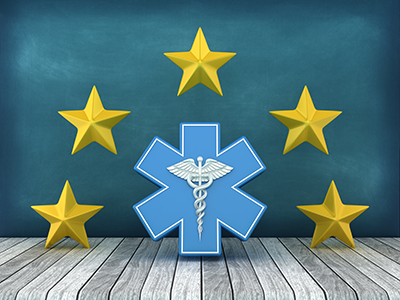


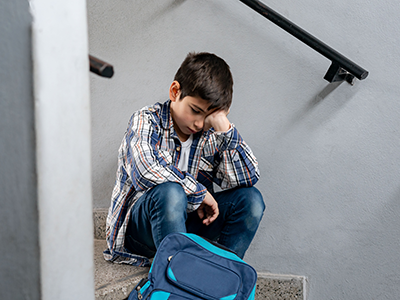
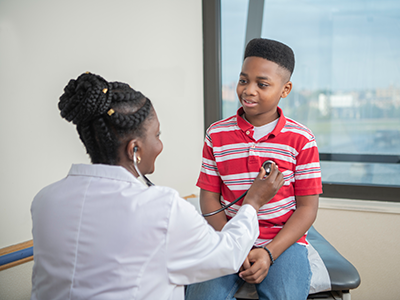


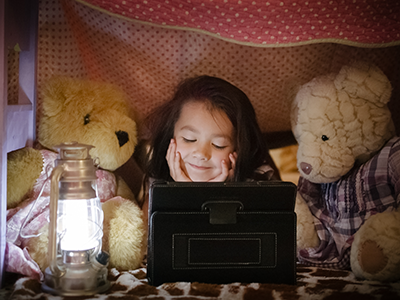

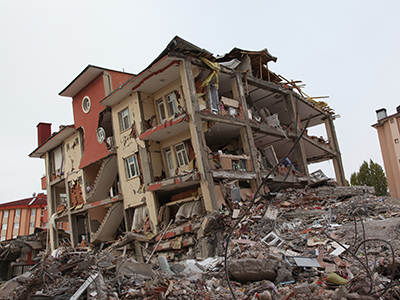





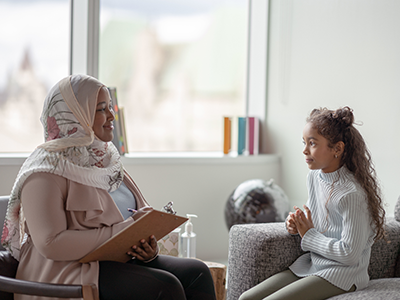
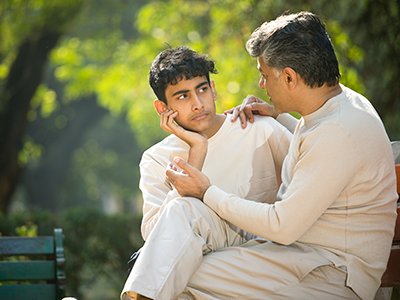
Leave a Comment
Want to join the discussion?Feel free to contribute!